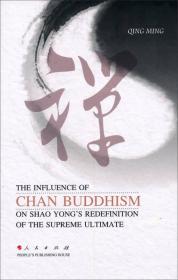
禅宗对邵雍重新定义太极思想的影响
¥ 50 九五品
库存2件
作者明清 著
出版社人民出版社
出版时间2014-02
上书时间2020-08-21
- 在售商品 暂无
- 平均发货时间 12小时
- 好评率 暂无
- 店主推荐
- 最新上架
商品详情
- 品相描述:九五品
图书标准信息
- 作者 明清 著
- 出版社 人民出版社
- 出版时间 2014-02
- 版次 1
- ISBN 9787010109374
- 定价 50.00元
- 装帧 平装
- 开本 16开
- 页数 346页
- 字数 400千字
- 【内容简介】
- 本书将邵雍主要哲学著作《皇极经世书》中的心性学及其赖以产生的禅学思想作为考察对象,力图通过对二者原理、内涵、特点、思想渊源的考察、分析,理清邵雍哲学中禅学追求的基本思路、重要特色及其赖以产生的时代背景。广泛引用东西方学者六百多种参考文献及其研究成果,
- 【目录】
-
preface
abbreviations
chapter one: introduction: the esting scholarship and disser- tation prospectus
1.1. the esting scholarship
1.2. a summary of esting scholarship
1.3. my research subject
1.4. my reasons for selecting this topic
1.5. the significance and value of this research
1.6. research method: hermeneutics
1.7. dissertation outline
1.8. the sources
conclusion
chapter two: historical and philosophical background
2.1. the political, economic and so background
2.2. cultural background
2.2.1. the reinvented song chan buddhist school
2.2.2. chan buddhism in literati culture
2.2.2.1. the tea ceremony (chadao)
2.2.2.2. chan poetry
2.2.2.3. chan painting
2.2.2.4. the art of calligraphy (shufa yishu)
2.2.2.5. literati s relationship with chan buddhism
2.2.3. the rise of neo-confucianism and the song book of changes (songyi)
conclusion
chapter three: buddhisms influence on the life of shao yong
3.1. the life of shao yong
3.2. buddhist influence on shao yong s family
3.3. shao yong s study of buddhism and his practice of chan
3.4. the esting scholarship on the non buddhist influence on shao yong s life
conclusion
chapter four: shao yongs redefinition of the supreme ultimate: the mind as the supreme ultimate
4.1. beginnings and historical developments: an overview of
the supreme ultimate
4.2. shao yong s redefinition of the supreme ultimate: the mind as the supreme ultimate
4.2.1. the innate theory (antian yixue)
4.2.1.1. diagrams of the sequence of the eight trigrams and sixty-four hexagrams
4.2.1.2. the manifestation of the all things
4.2.2. the eight trigrams and sixty-four hexagrams directional
ition diagrams (bagua he liushisi gua fangweitu)
4.2.3. the mind as the supreme ultimate
4.2.3.1. the concept of one, spirit and images
4.2,3.2, the concept of numerals and principle
4.2.3.3. the concept of principle and mind
4.2.3.4. ‘one mind‘ and the supreme ultimate
4.2.3.5. the concept of ‘the innate theory is the theory of mind‘
4.3. the acquired theory
conclusion
chapter five: a survey of esting research on the subject
5.1. was shao yong influenced by mencius concept of
‘all things are plete within me‘?
5.2. was shao yong influenced by confucius concept of
‘intrinsic nature of mind‘.
5.3. was shao yong influenced by the confucian concept of
‘investigation of things (gewu) and extension of knowledge (zhizhi) ‘
5.4. was shao yong influenced by philosophical and religious daoism?
conclusion
chapter six: the concept of ‘realizing the mind and seeing self-
nature‘ and its influence on shao yongs redefinition
of the supreme ultimate
6.1. huineng s concept of ‘realizing the mind and seeing self-nature‘
6.1.1. an analysis of sources
6.1.2. ‘buddha-nature‘ and ‘prajha‘
6.1.3. self-nature
6.1.4. realizing the mind and seeing self-nature (shinjianng)
6.1.5. ‘sudden-enlightenment‘ path of ‘no-thought‘
6.2. the influence of huineng upon shao yong s
redefinition of the supreme ultimate
6.2.1, buddha-nature as self-nature in mind and mind as the supreme ultimate
6.2.2. self-cultivation pointing directly at the mind
6.2.3. orientation towards humanism
6.2.4. merging of worldly dharma and transmundane dharma
conclusion
chapter seven: diagrams and pictorial schemes for the concept of
‘realizing the mind and seeing self-nature‘ and
its influence on shao yong
7.1. zongmi s chan diagrams and pictorial schemes
7,1.1. zongmi and his works
7.1.2. chan hermeneutical diagram indicating the mind of sentient beings
7.1.3. the relationship among mind, the supreme ultimate and
alayavinana
7.2. linji chans concept of ‘four discernments of person and object‘ (siliaojian)
7.3. the caodong chan concept of jeweled mirror samadhi (baojing san mei 宝镜三昧) 188
7.3.1. caosban benji, dongshan liangjia and huihong kuanfan
7.3.2. jeweled mirror samadhi (baojing sanmei)
7.3.3. the influence of jeweled mirror samadhi on shao yong s redefinition of the supreme ultimate
7.3.4. venerable taixu s ( 1890-1947) scholarship
conclusion
chapter eight: chan buddhisms influence upon the lineage of the supreme ultimate
8.1. the issue of whether the lineage of the supreme ultimate began with chen tuan (906-1032)
8.2. the issue of whether the supreme ultimate lineage can be traced back to mayi daozhe
8.2.1. the esting scholarship on the subject
8.2.2. the credibility of zhu s point of view
8.2.3. the reliability of chao wu s account of the supreme ultimate lineage
in a record of junzhai studies (junzhai dushu zhi)
8.2.4. mayi daozhe and his relationship with chen tuan as
evidence for chan buddhist influence
8.3. the issue as to whether the supreme ultimate lineage
can be traced back to chan masters guoyi (714-792)
and shouya (early northern song dynasty,
date unknown)
8.3.1. the supreme ultimate lineage as recorded in
a collection of direct approaches for returning
to the source ( guiyuan zhizhiji)
8.3.2. the overlooked source: the lineage of the supreme
ultimate as described in the records of helin temple(nelinsi zhi 鹤林寺志)
conclusion
chapter nine: conclusion
appendix a the lineage of chinese chan buddhism
appendix b collected diagrams
appendix c list of chinese characters
bibliography
index
相关推荐
-

禅宗对邵雍重新定义太极思想的影响
九品昆明
¥ 9.90
-

禅宗对邵雍重新定义太极思想的影响
九品南通
¥ 9.99
-

禅宗对邵雍重新定义太极思想的影响
全新廊坊
¥ 27.50
-

禅宗对邵雍重新定义太极思想的影响
九五品北京
¥ 8.88
-

禅宗对邵雍重新定义太极思想的影响
八五品阜阳
¥ 25.00
-

禅宗对邵雍重新定义太极思想的影响
九品衡水
¥ 10.00
-

禅宗对邵雍重新定义太极思想的影响
全新洛阳
¥ 28.50
-

禅宗对邵雍重新定义太极思想的影响
八五品北京
¥ 18.00
-

禅宗对邵雍重新定义太极思想的影响
八五品昆明
¥ 12.00
-

禅宗对邵雍重新定义太极思想的影响
九品北京
¥ 50.00
— 没有更多了 —

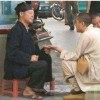


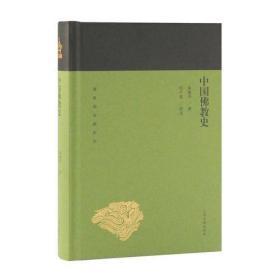

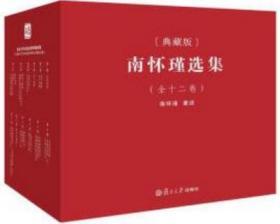
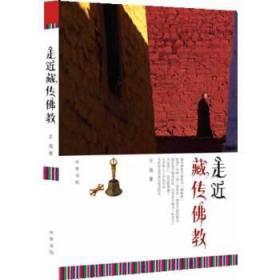
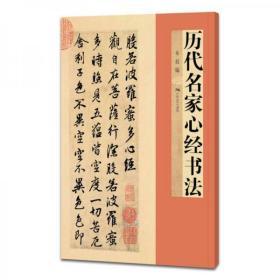
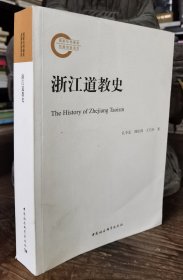
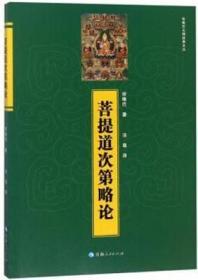




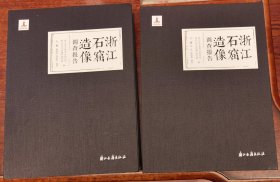
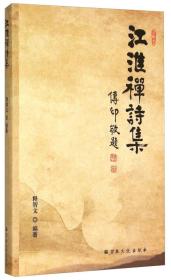
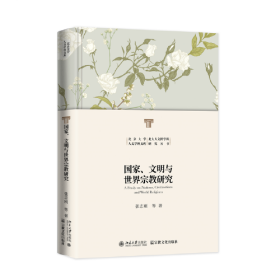



以下为对购买帮助不大的评价